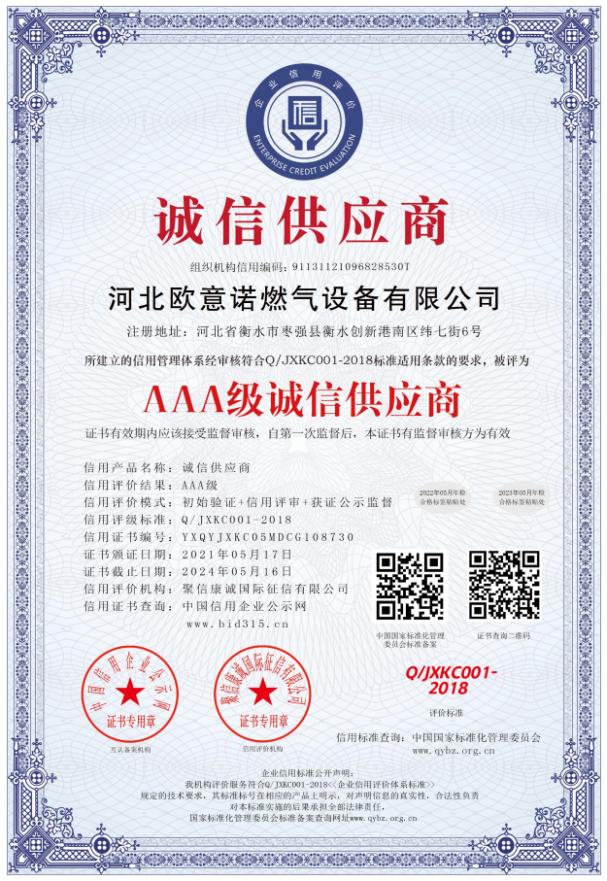
Nov . 25, 2024 18:56
Back to list
Understanding the Importance of Safety Relief Valves in Pressure Management Systems
Understanding Safety Relief Valves Essential Components for Pressure Management
Safety relief valves are critical devices used to prevent excessive pressure build-up in various systems, particularly in industrial applications. These valves play a vital role in safeguarding equipment, environments, and personnel from the potential hazards associated with overpressure conditions. In this article, we will explore the functionality, types, applications, and importance of safety relief valves in maintaining operational safety.
Functionality of Safety Relief Valves
A safety relief valve is designed to open automatically and release excess pressure from a system when it exceeds a predetermined set point. This action prevents catastrophic failures that can result from a pressure surge. Once the system pressure drops back to a safe level, the valve closes, sealing the system. The operation of these valves can be attributed to the principles of pressure dynamics, where a differential pressure is created that overcomes the spring force holding the valve closed.
Types of Safety Relief Valves
Safety relief valves come in various designs to suit different applications
. The most common types include1. Spring-loaded Safety Valves These are the most widely used types, where a spring mechanism holds the valve seat closed until the system pressure exceeds the set limit, at which point the valve opens.
2. Pilot-operated Relief Valves These valves use a pilot valve to control the opening and closing of the main valve. They are ideal for high-pressure systems where a small pilot valve can manage a larger valve's operation.
3. Pneumatic and Hydraulic Relief Valves Designed for systems using fluids or gases, these valves operate using air or liquid pressure to control the relief process.
safety relief valve

Each type is chosen based on the specific requirements of the system in which it is used, taking into account factors like pressure ranges, fluid characteristics, and process dynamics.
Applications of Safety Relief Valves
Safety relief valves are utilized across many sectors, including
- Chemical and Petrochemical Industries To protect reactors, storage tanks, and pipelines from overpressure incidents. - Oil and Gas Production Ensuring the safety of drilling and production equipment by releasing excess pressure. - Power Generation Safeguarding steam systems and turbines from pressure fluctuations that could lead to failures. - Manufacturing Maintaining the integrity of pressure vessels and processing equipment.
These applications underscore the versatility and necessity of safety relief valves in preventing accidents and ensuring the efficient operation of various systems.
Importance of Safety Relief Valves
The importance of safety relief valves cannot be overstated. They are essential not only for complying with safety regulations but also for protecting human life and the environment. Regular maintenance and testing of these valves are crucial to ensure their reliability and functionality. Failure to operate can lead to severe consequences, including explosions, equipment damage, and injuries.
In conclusion, safety relief valves are indispensable for managing pressure in a wide range of applications. Their ability to prevent overpressure situations makes them essential for maintaining safe operating conditions. As industries continue to evolve, the design and technology behind these valves will advance, ensuring even greater reliability and efficiency in the future. Investing in proper valve selection, installation, and maintenance is key to operational success and safety in any pressure management system.
Latest news
-
Safety Valve Spring-Loaded Design Overpressure ProtectionNewsJul.25,2025
-
Precision Voltage Regulator AC5 Accuracy Grade PerformanceNewsJul.25,2025
-
Natural Gas Pressure Regulating Skid Industrial Pipeline ApplicationsNewsJul.25,2025
-
Natural Gas Filter Stainless Steel Mesh Element DesignNewsJul.25,2025
-
Gas Pressure Regulator Valve Direct-Acting Spring-Loaded DesignNewsJul.25,2025
-
Decompression Equipment Multi-Stage Heat Exchange System DesignNewsJul.25,2025

